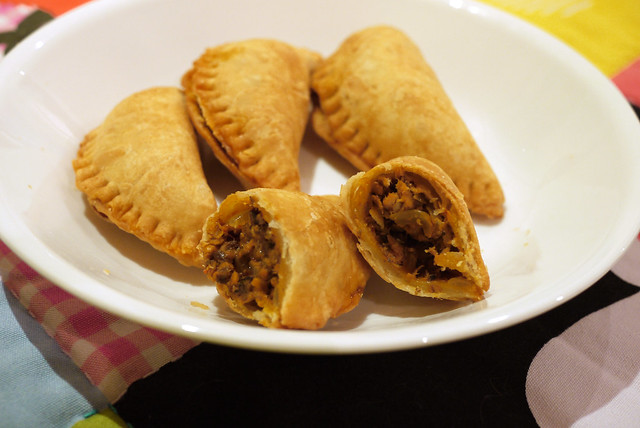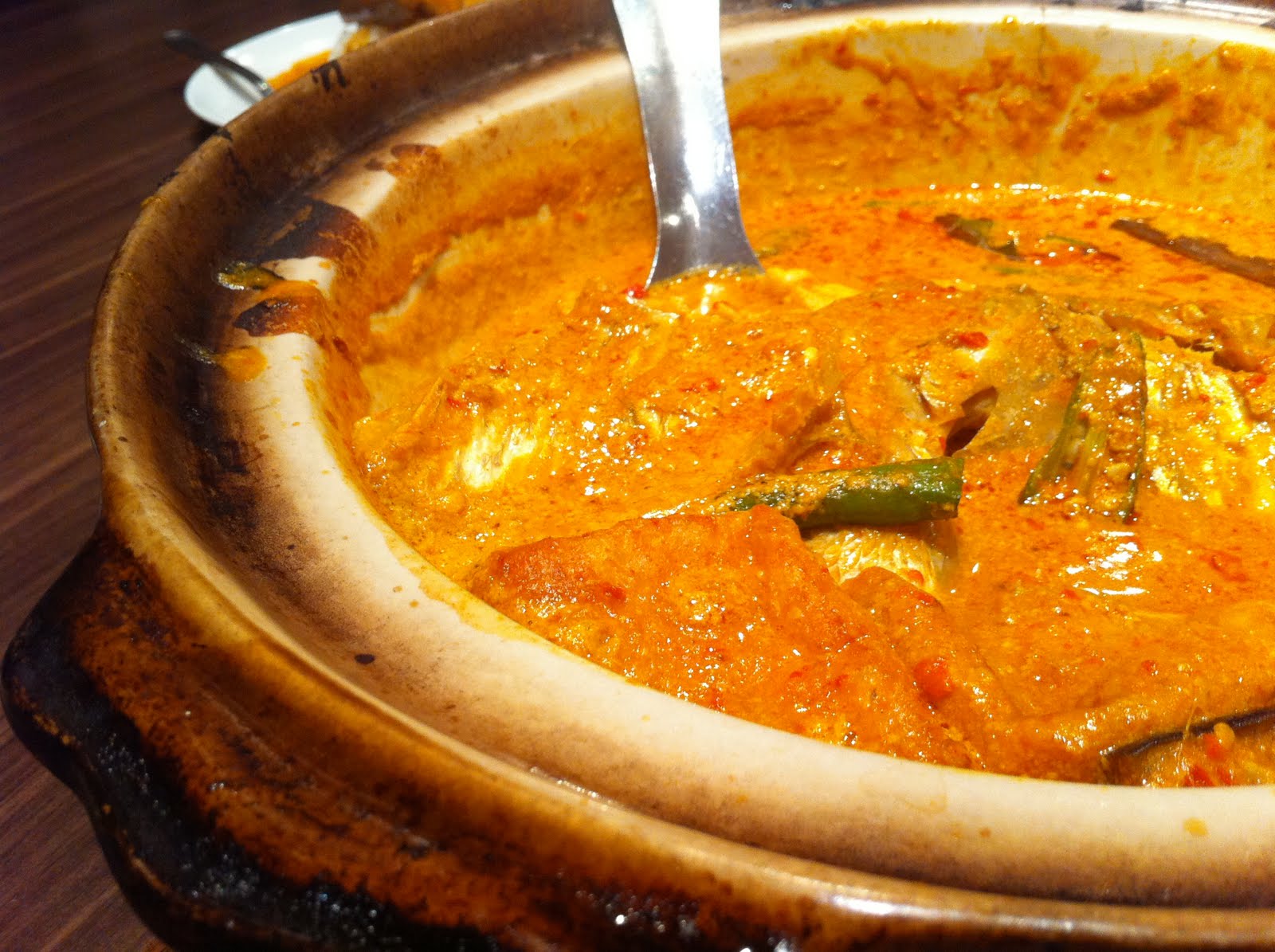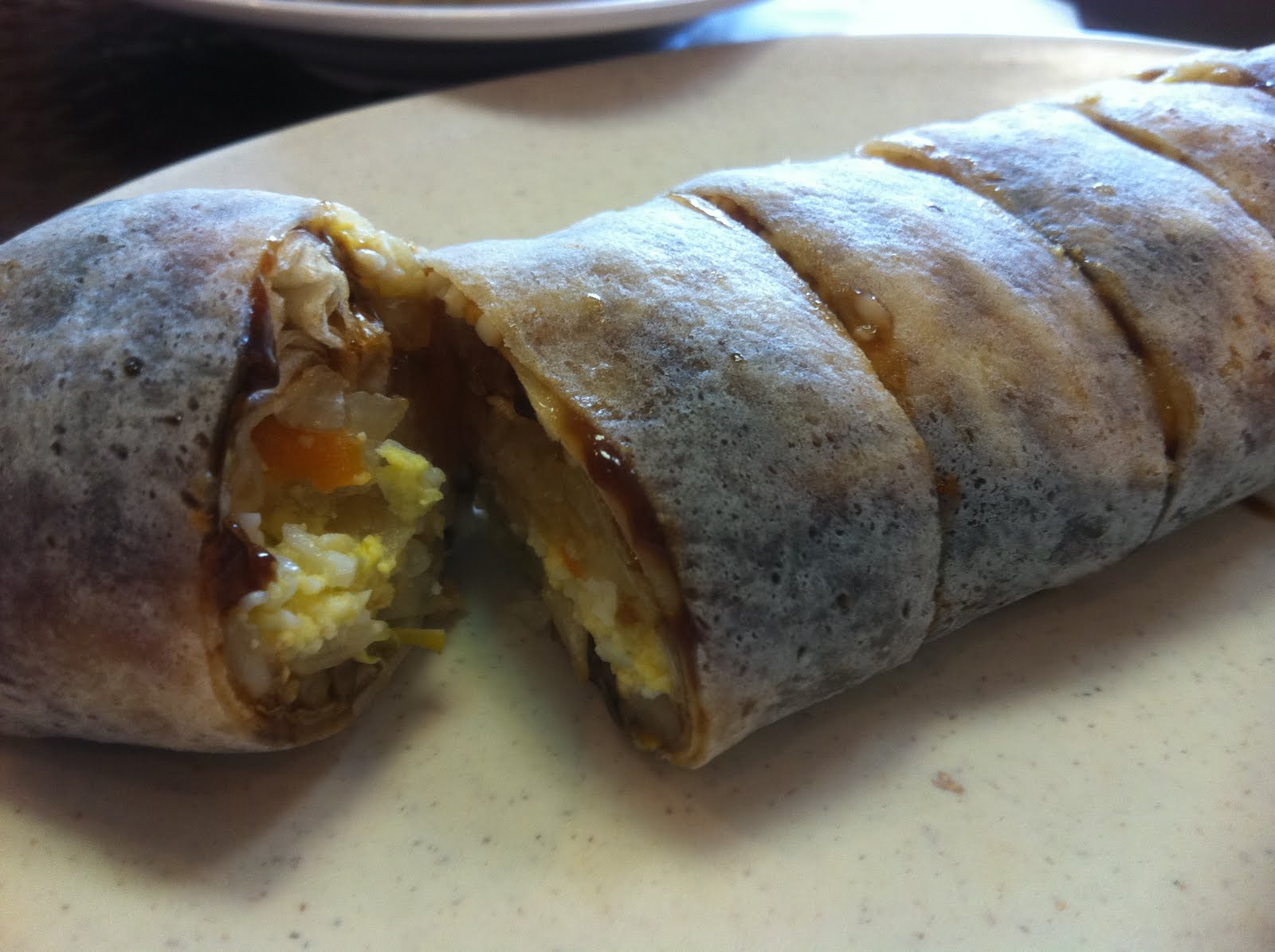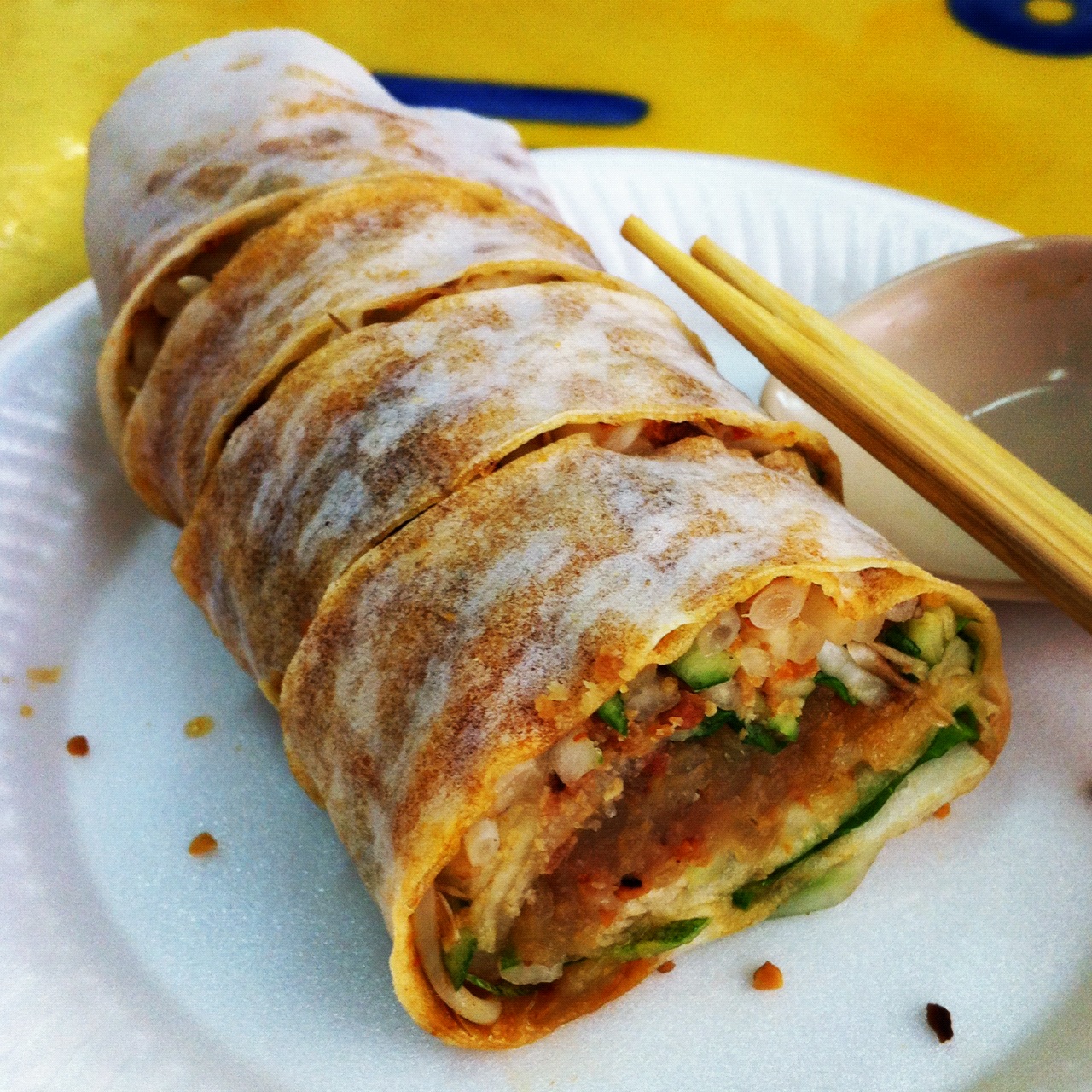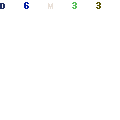My Favourite Food <(^-^)>
Char Kway Teow

Char kway teow, literally "stir-fried ricecake strips", is a popular noodle dish in Malaysia, Singapore, Brunei and Indonesia.

The dish is considered a national favourite in Malaysia and Singapore.
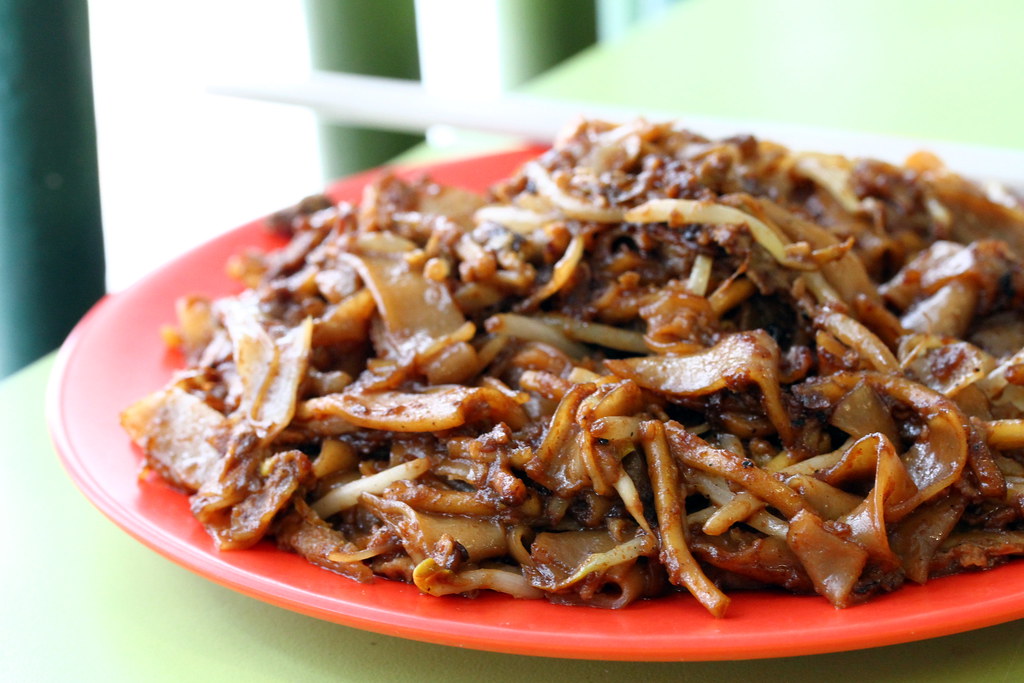
There is no stopping Singaporeans from indulging in this high-fat hawker favorite. Flat rice noodles stir-fried with lard (for best flavor), dark and light soy sauce, chilli, de-shelled cockles, sliced Chinese sausage, bean sprouts, Chinese chives and sometimes prawns and egg. Essential to the dish is good “wok hei” or breath of wok, the qualities and tastes imparted by cooking on a wok using high heat. Many now choose to omit the cockles but char kway teow will always be incomplete without the sinfully rich fried pork lard pieces.
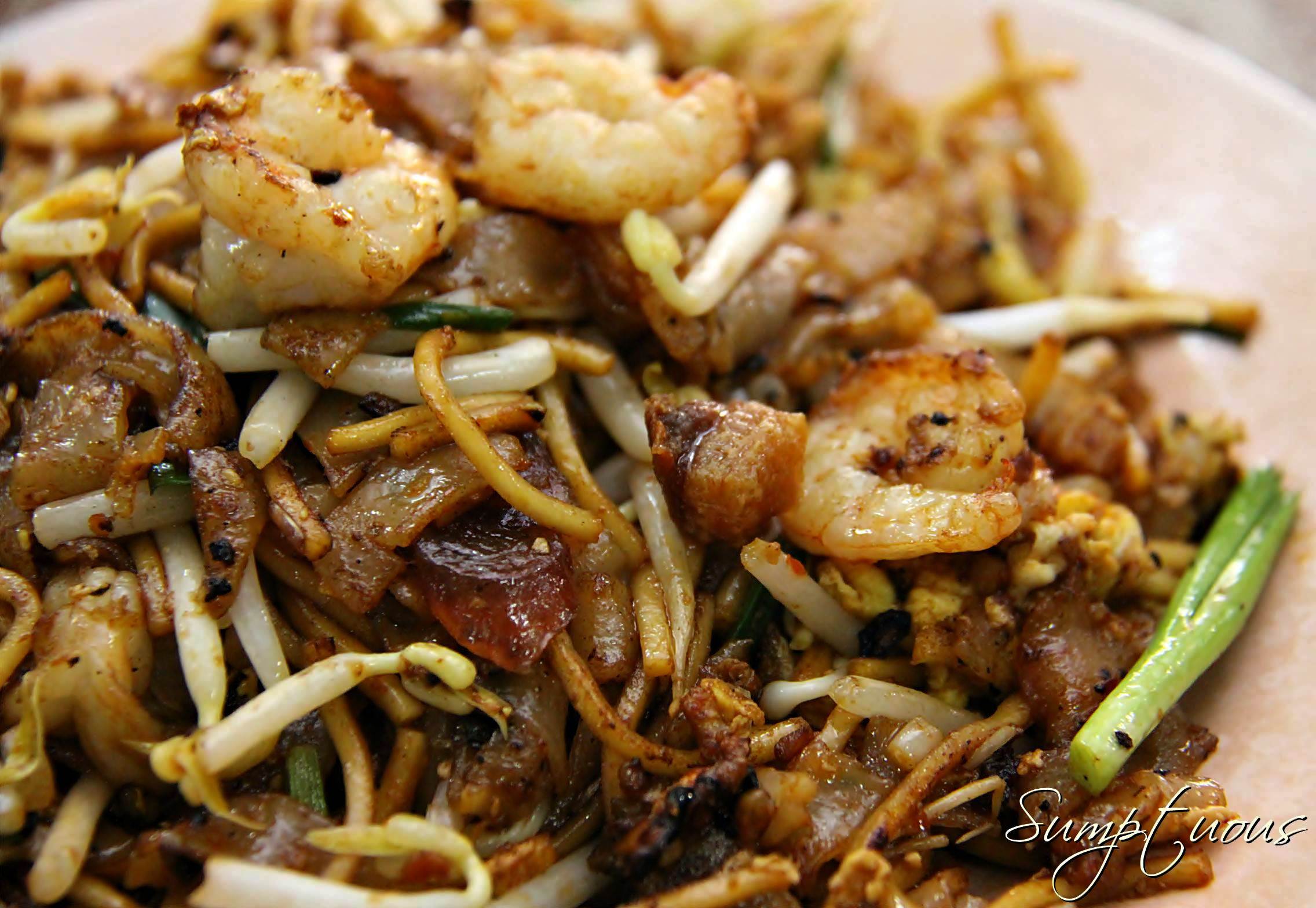
As the dish has become increasingly popular, many cooks have come up with their own interpretations of the same basic main ingredient of ricecake strips/flat rice noodles fried with anything from eggs (chicken or duck), onions, garlic, prawns, cockles, Chinese sausage, chives, etc.

In the past it was usual to stir-fry char kway teow in pork fat without eggs (which were, however, available on request). More recently, ordinary cooking oil is commonly used for health or religious reasons, and eggs have become a standard ingredient in the dish.

In Singapore, some of best 'old school' char kway teow can be found in hawker centres. There are also healthier versions with more vegetables and less oil. Furthermore, the greens and bean sprouts gives off a fresh, crunchy texture that makes the dish taste even more unique from other dishes of the cuisine.






